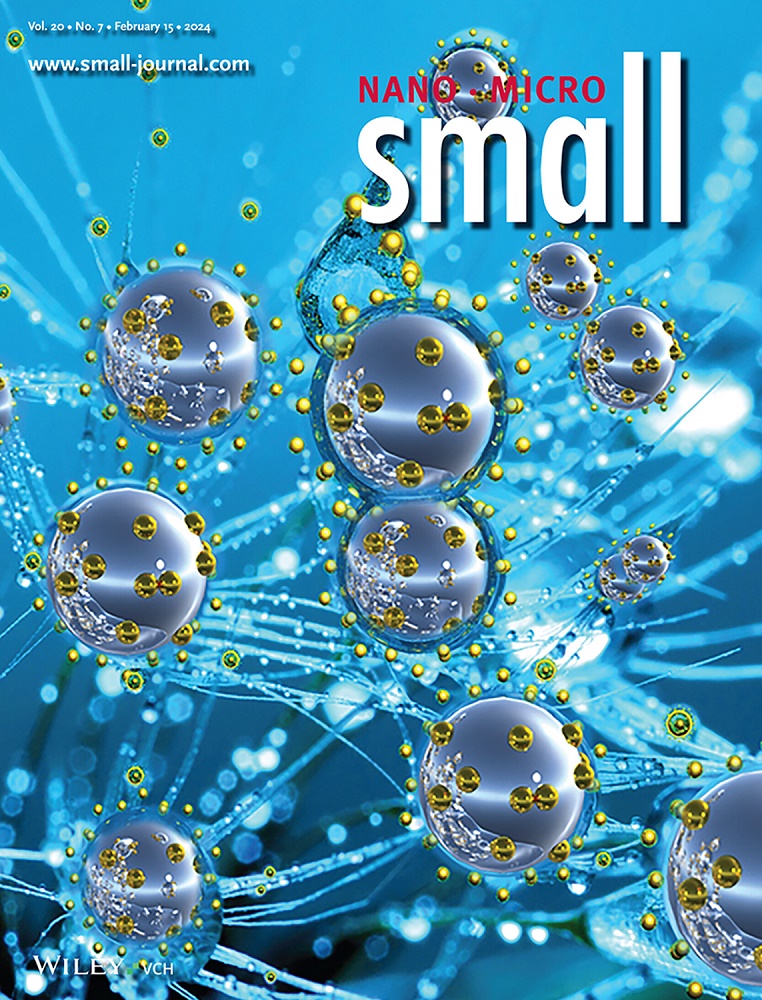Phase-Mixed Nickel Sulfide Nanoarrays for Electrochemical Water Oxidation at Low Overpotential
IF 13
2区 材料科学
Q1 CHEMISTRY, MULTIDISCIPLINARY
引用次数: 0
Abstract
Transition metal sulfide materials have demonstrated exceptional electrocatalytic activities for the hydrogen evolution reaction (HER); however, their efficacy for the oxygen evolution reaction (OER) remains limited, particularly in alkaline environments. This study introduces a novel nanoarray structure composed of phase-mixed nickel sulfides, specifically rhombohedral NiS and Ni3S2, directly grown on nickel foam (denoted as bi-NiSx/NF) through a straightforward hydrothermal method. The optimized bi-NiSx/NF catalyst achieves an impressive overpotential of only 43 mV to reach a current density of 10 mA cm−2 in 1 m KOH electrolyte. The stability test of bi-NiSx/NF under alkaline conditions uncovers that the intrinsic sulfur-rich surface plays an important role in its superior OER activity. Additionally, annealing treatments demonstrate that OER performance is closely linked to sulfur retention, further affirming the significance of this structural sulfur-rich characteristic. These findings provide valuable insights into the design of phase-mixed catalysts and the intrinsic OER activity of transition metal sulfides, paving the way for future advancements in electrocatalytic materials.

求助全文
约1分钟内获得全文
求助全文
来源期刊

Small
工程技术-材料科学:综合
CiteScore
17.70
自引率
3.80%
发文量
1830
审稿时长
2.1 months
期刊介绍:
Small serves as an exceptional platform for both experimental and theoretical studies in fundamental and applied interdisciplinary research at the nano- and microscale. The journal offers a compelling mix of peer-reviewed Research Articles, Reviews, Perspectives, and Comments.
With a remarkable 2022 Journal Impact Factor of 13.3 (Journal Citation Reports from Clarivate Analytics, 2023), Small remains among the top multidisciplinary journals, covering a wide range of topics at the interface of materials science, chemistry, physics, engineering, medicine, and biology.
Small's readership includes biochemists, biologists, biomedical scientists, chemists, engineers, information technologists, materials scientists, physicists, and theoreticians alike.
 求助内容:
求助内容: 应助结果提醒方式:
应助结果提醒方式:


